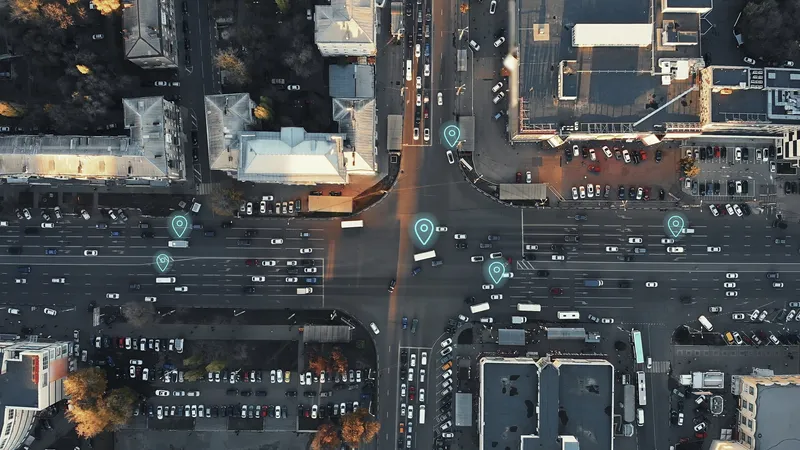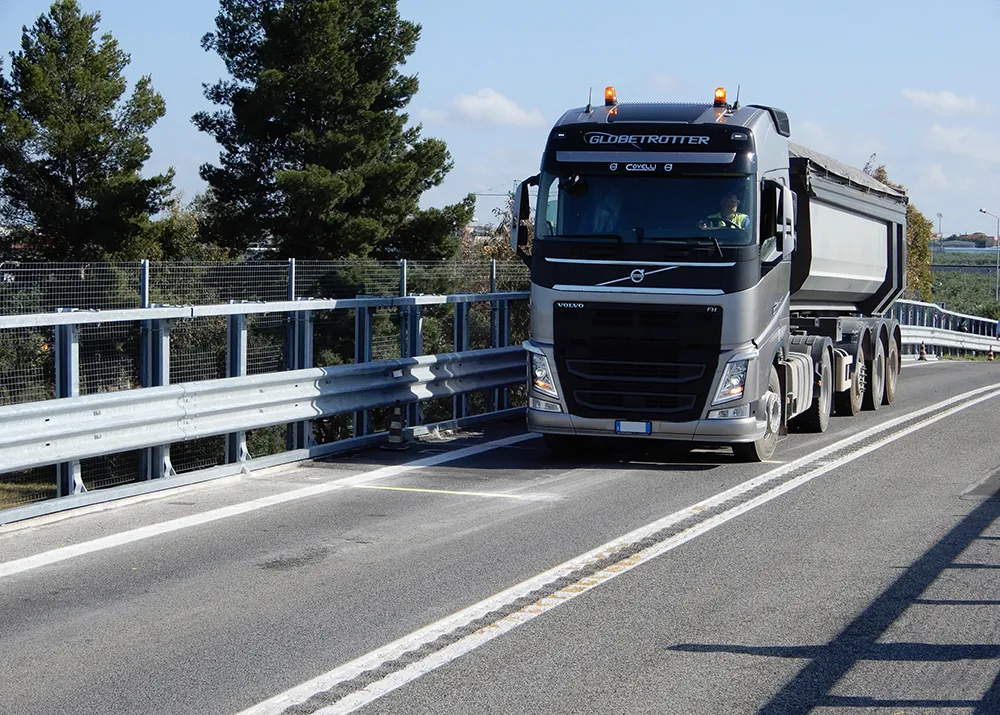Liikennevirasto, the body responsible for the management, development and maintenance of the Finnish railway network, has announced Europe's largest train identification system with passive RFID covering the whole of Finnish state rail network. Vilant has won a contract to install 120 specialised RFID reader units, and integrate them into Liikennevirasto's detector network.
June 19, 2012
Read time: 2 mins
The new, highly reliable railway tracking system aims to improve safety and service of operations on Finnish railroads. It provides real-time monitoring of trains passing at all speeds, up to 250 km/h, and even in the most remote areas utilising the GPRS network.
During a one-year pilot, Vilant worked together with Liikennevirasto to provide a solution based on passive GEN2 RFID technology. Four Vilant RFID Reader Units were installed in different locations by the Finnish railroad. These units were used to collect information from the rail cars passing on the tracks, as well as combine it with information from the detector system. They work over the mobile network and can be placed in remote locations without loss of accuracy. Even untagged wagons linked to RFID tagged trains are registered in the system and reported on.
"The results of the pilot were most satisfactory," says Seppo Mäkitupa, senior officer at Liikennevirasto. "Vilant was able to show that the RFID System is reliable and working with almost 100 per cent accuracy. This convinced us that passive GEN2 RFID technology works and we can start to take advantage of the benefits it offers."
Liikennevirasto will be one of the world's first organisations in the industry to implement passive RFID technology which is claimed to be a more cost efficient way that also has a longer lifetime than active RFID technology.
The main benefits of the system are real-time monitoring of rolling stock for accurate tracking and identification of rail traffic as well as full exploitation of the data registered by the fault-detection system. This enables preventive maintenance for improved safety of railway operations. For example, it links data accurately to an over heated axle bearing, the wagon and the train it belongs to as the fault occurs. As a result, the bearing can be replaced before it breaks. The system also enables database formation and sharing of data with operators who own the trains. For example, it informs them about the exact location and arrival time of their trains.










